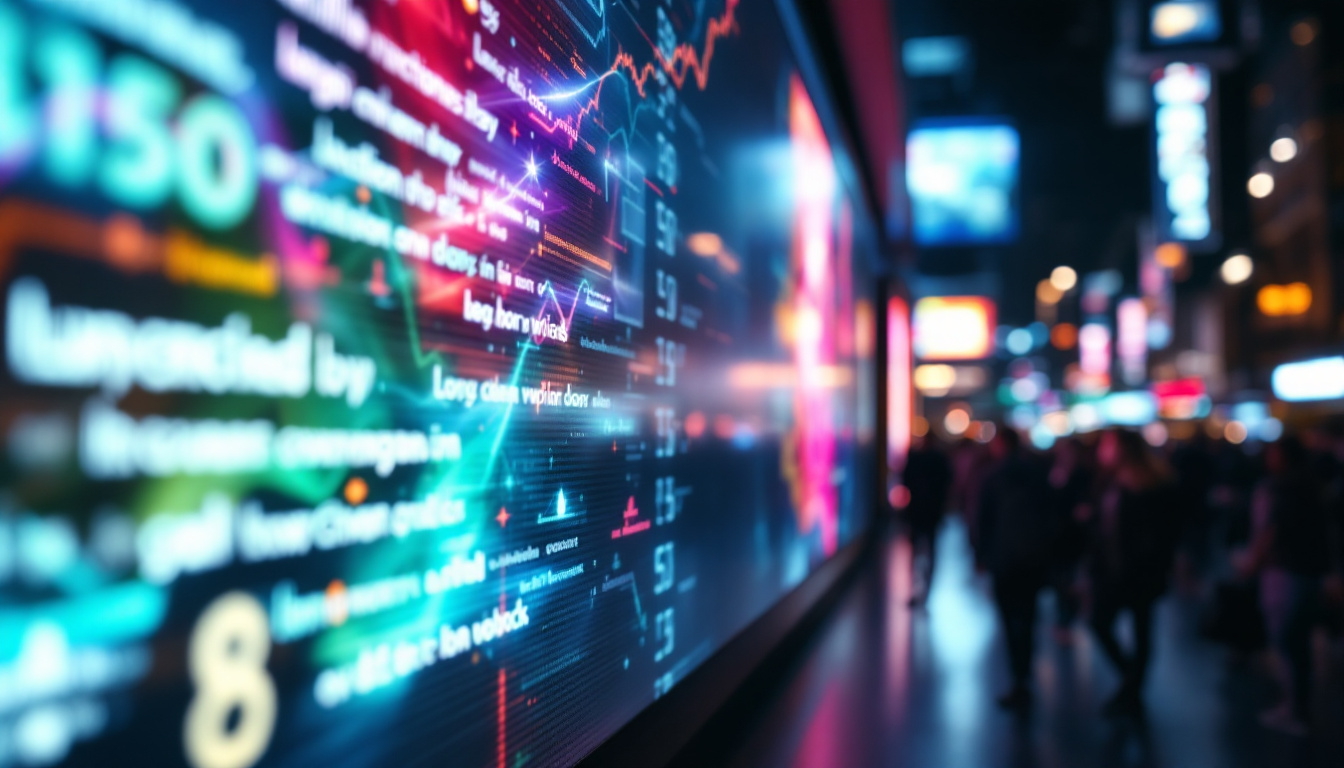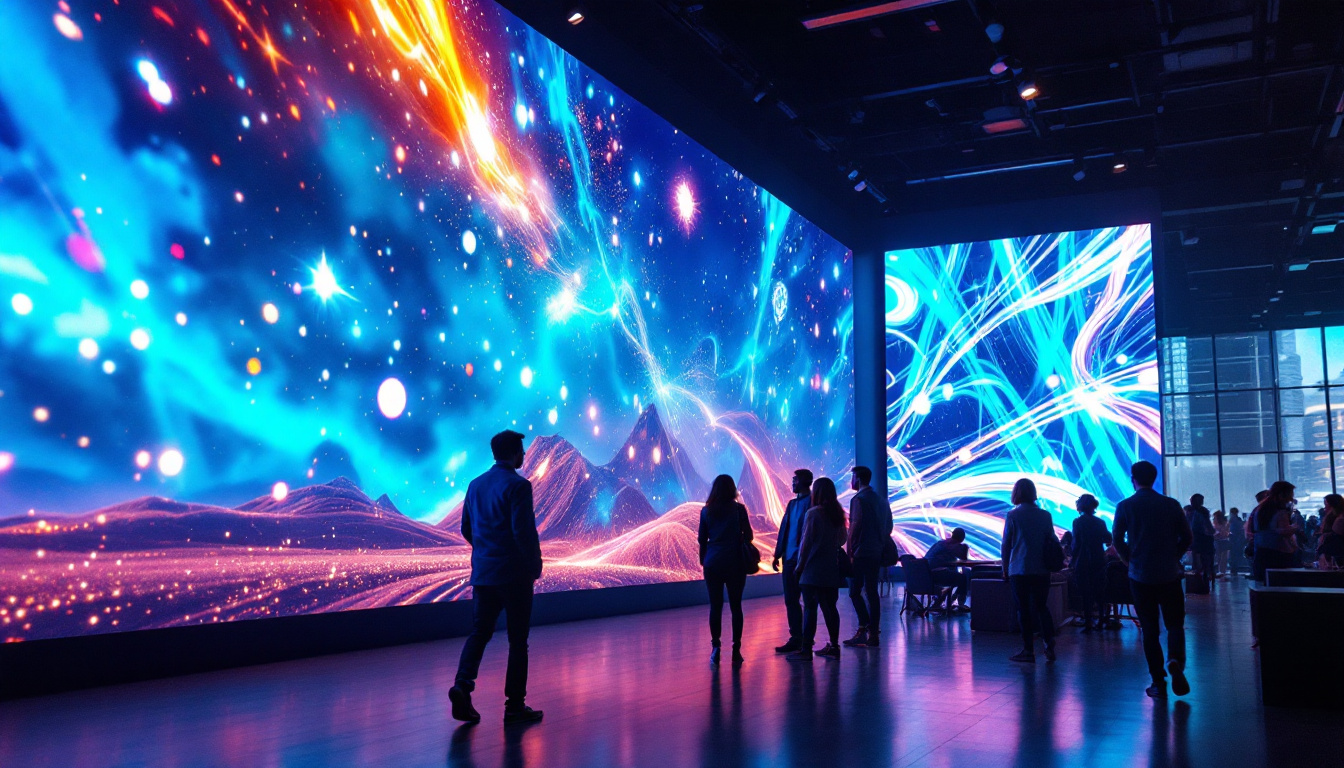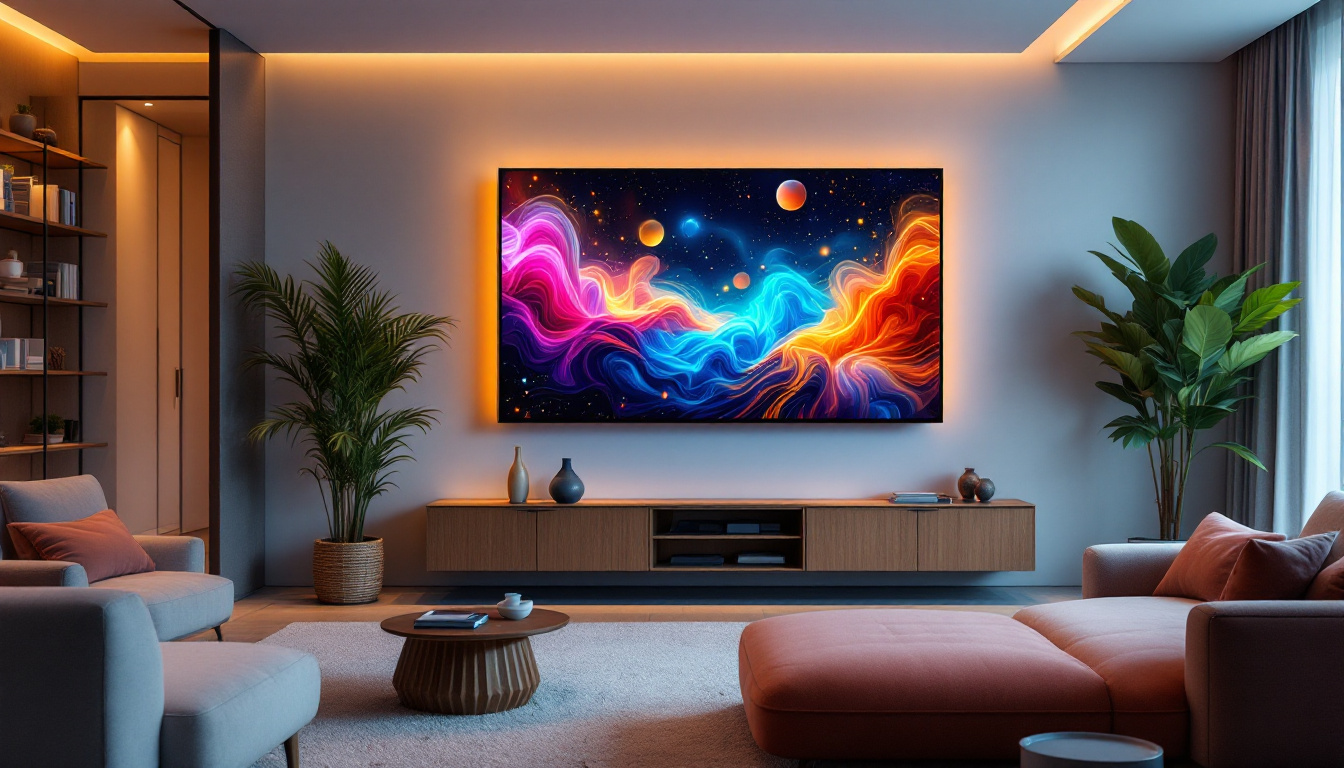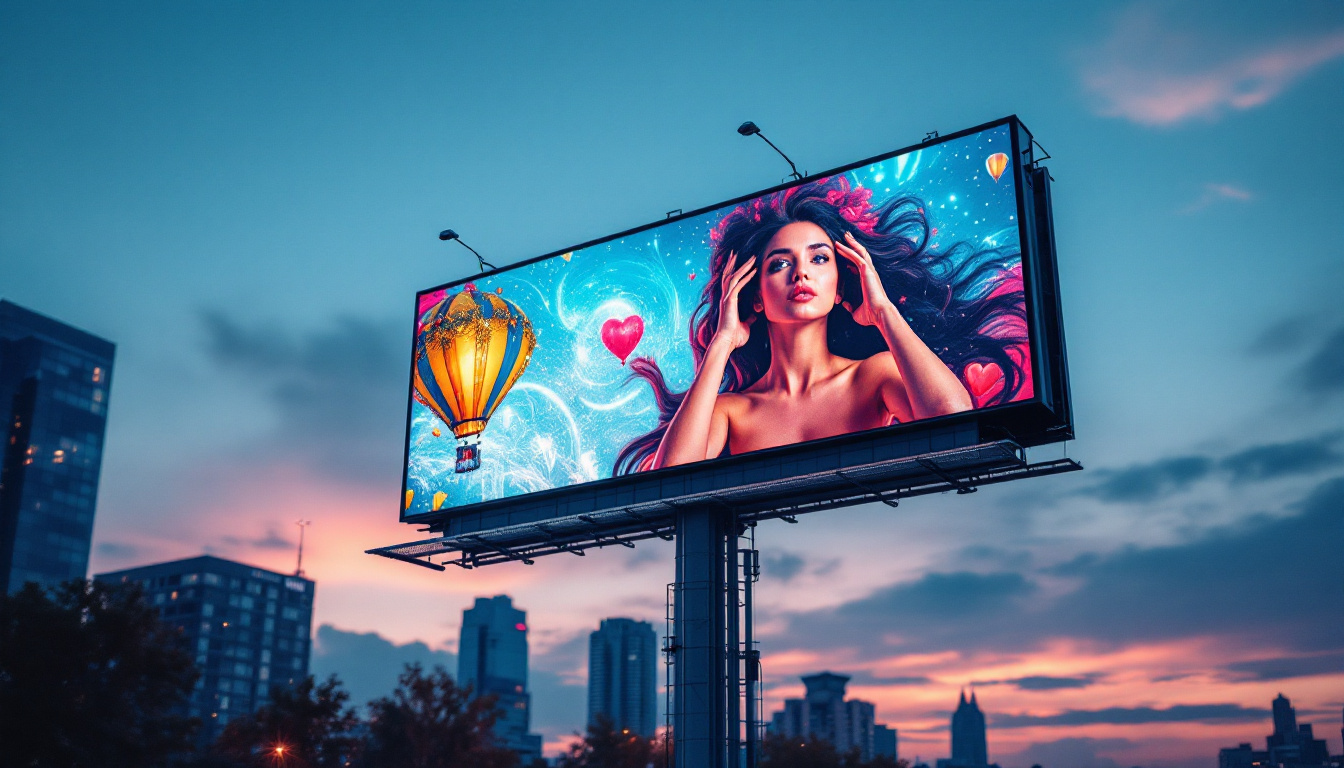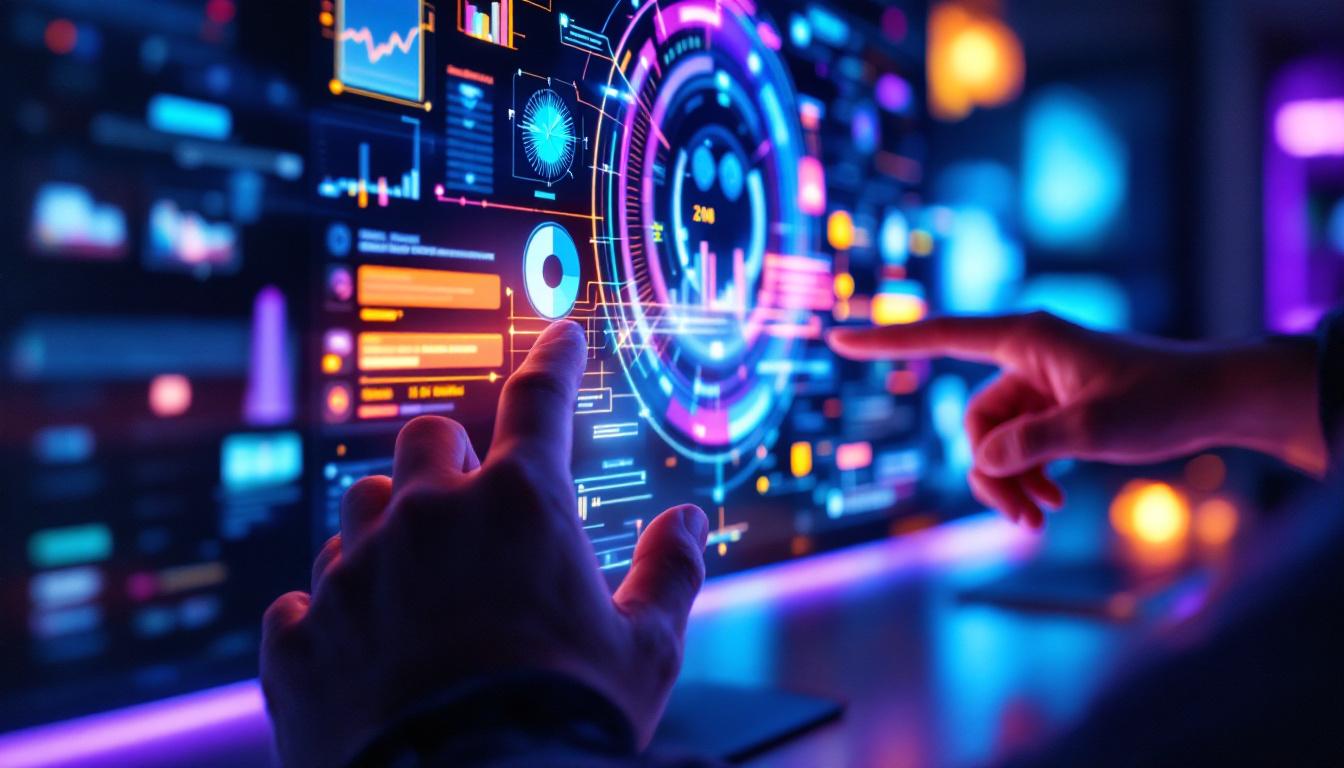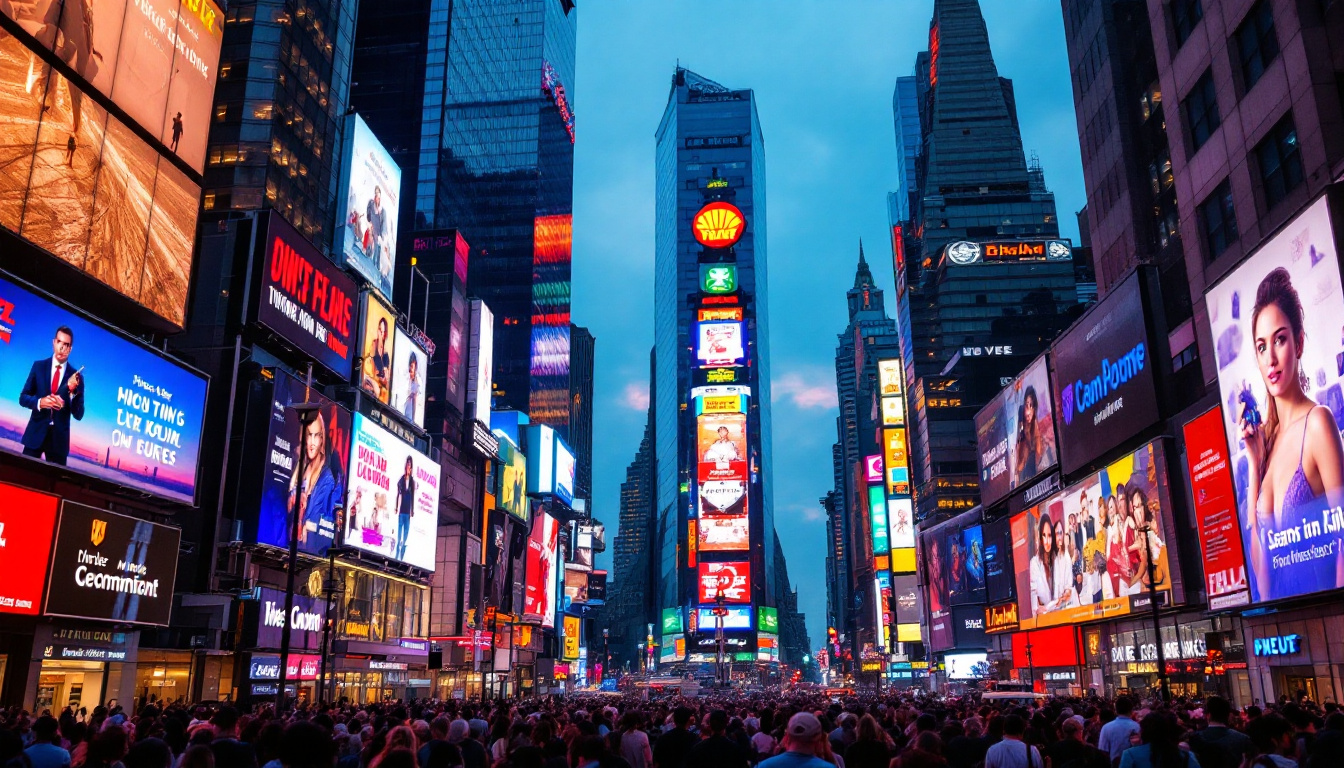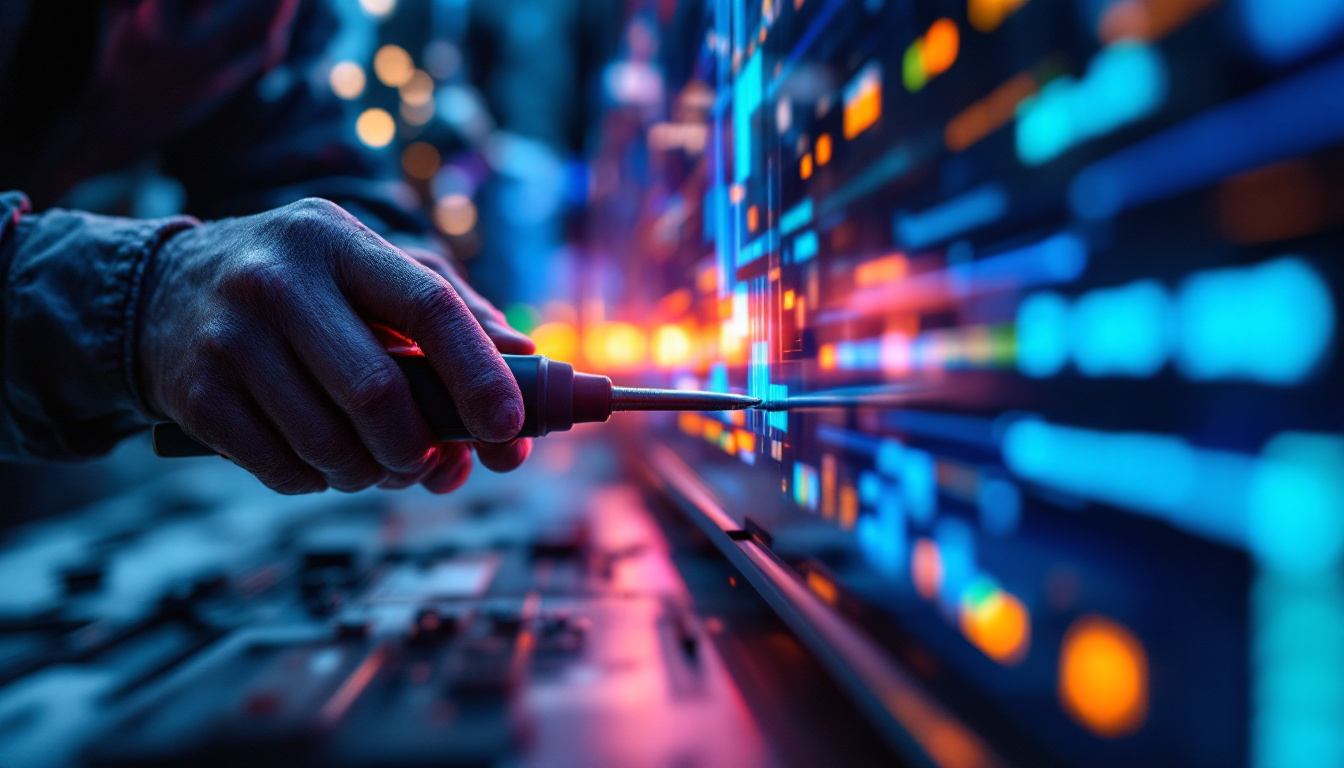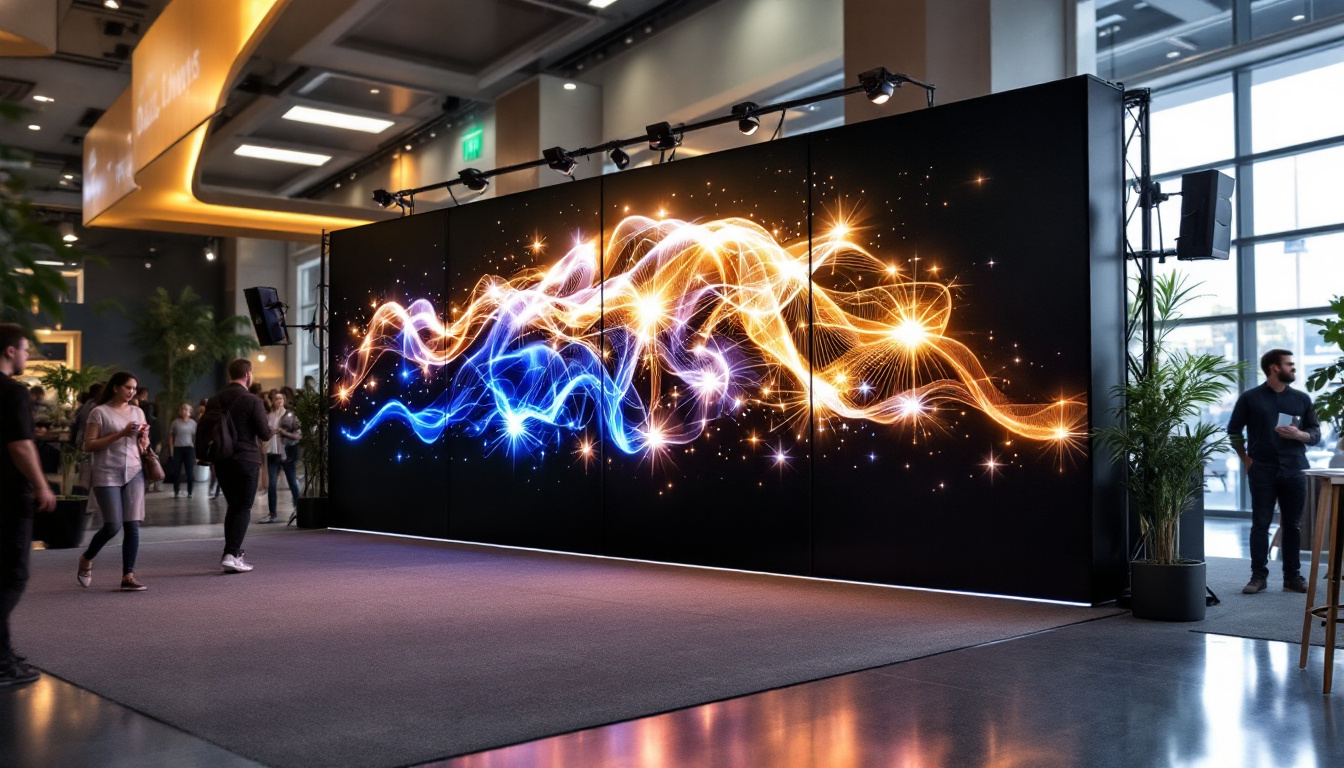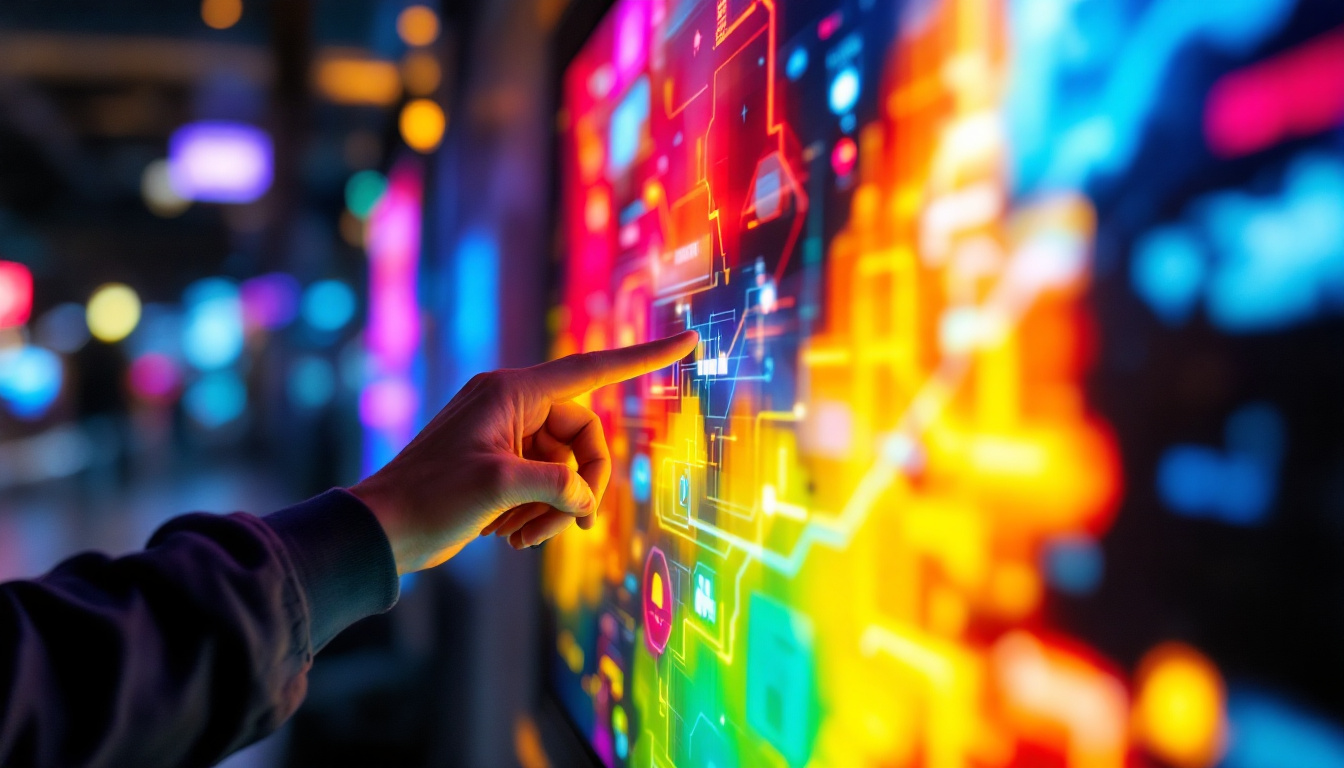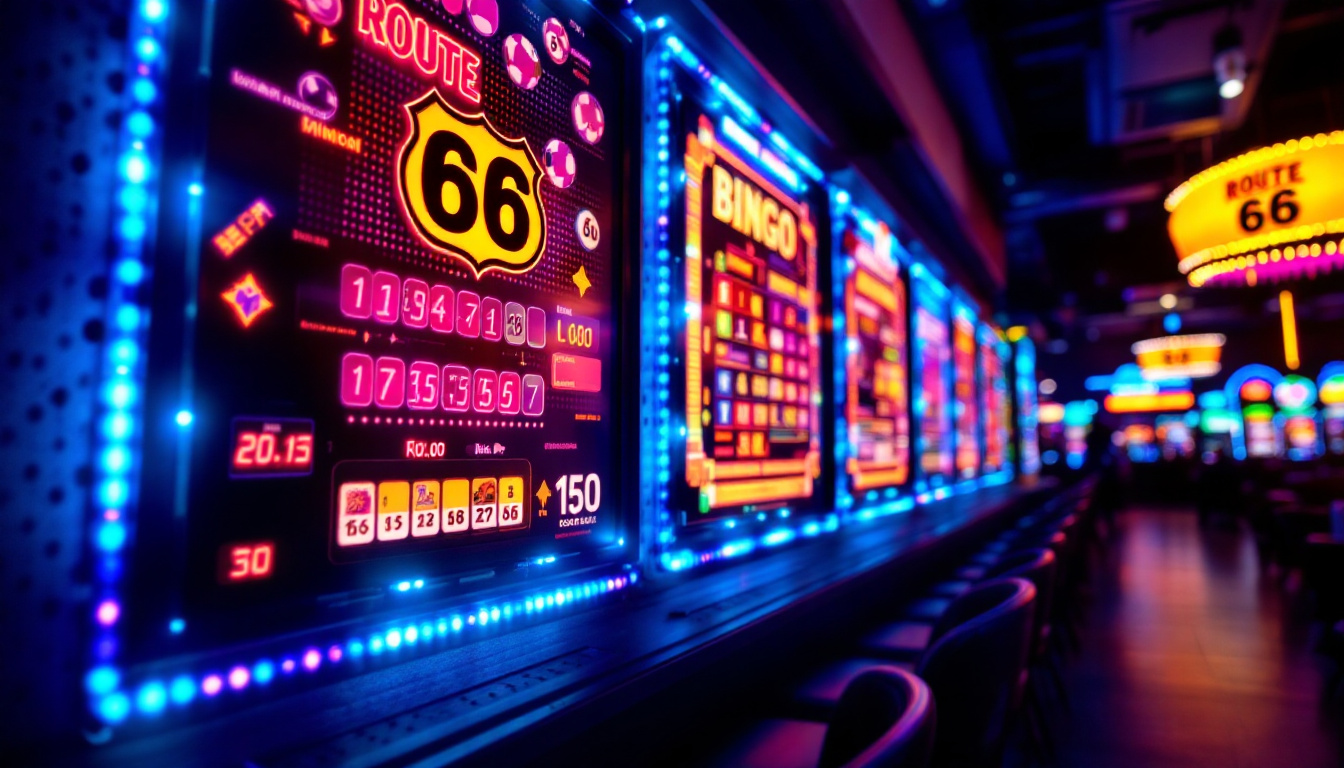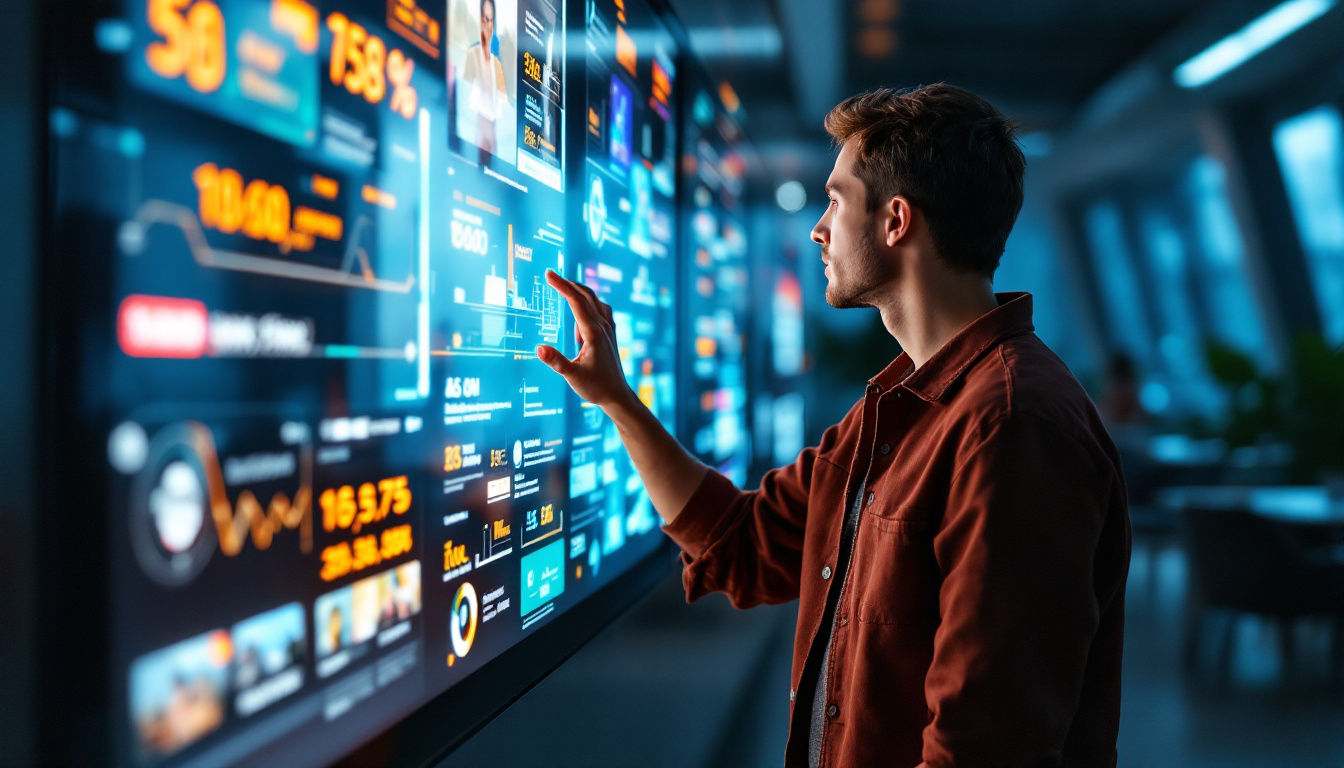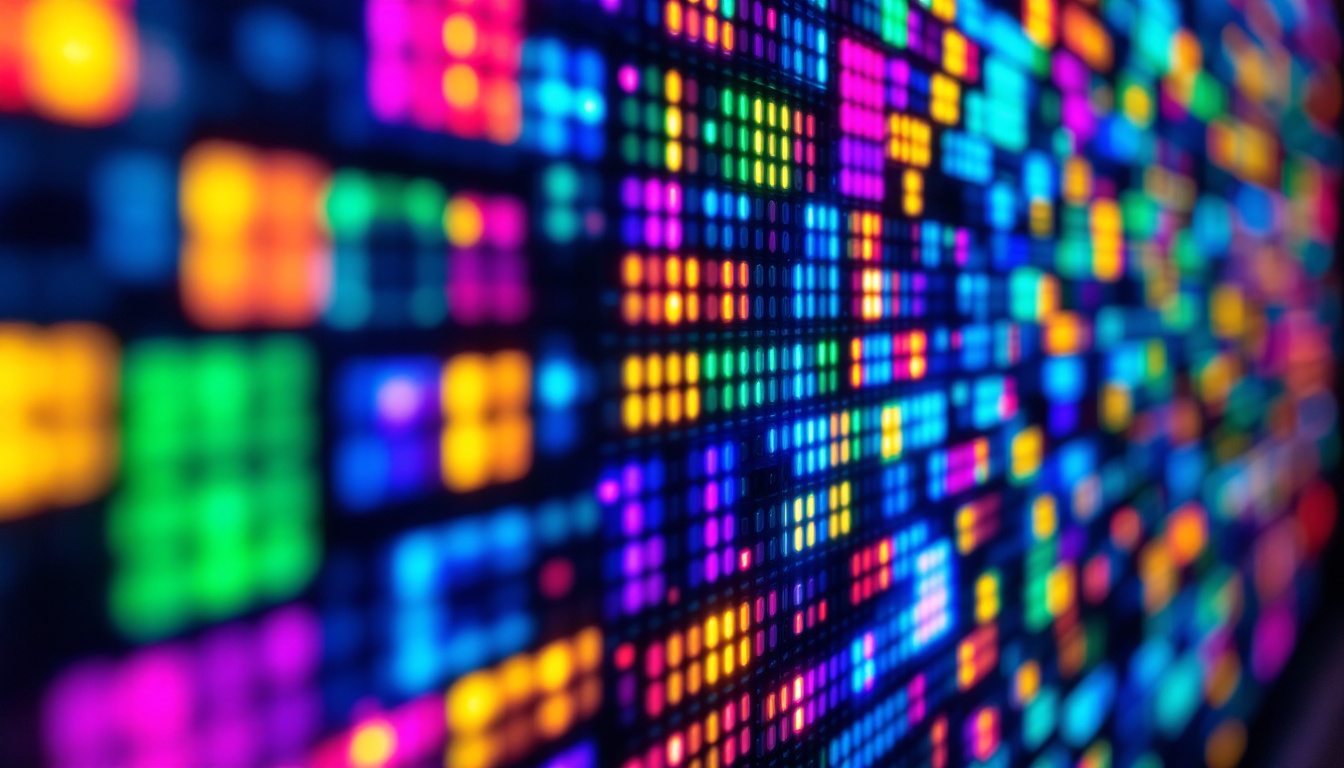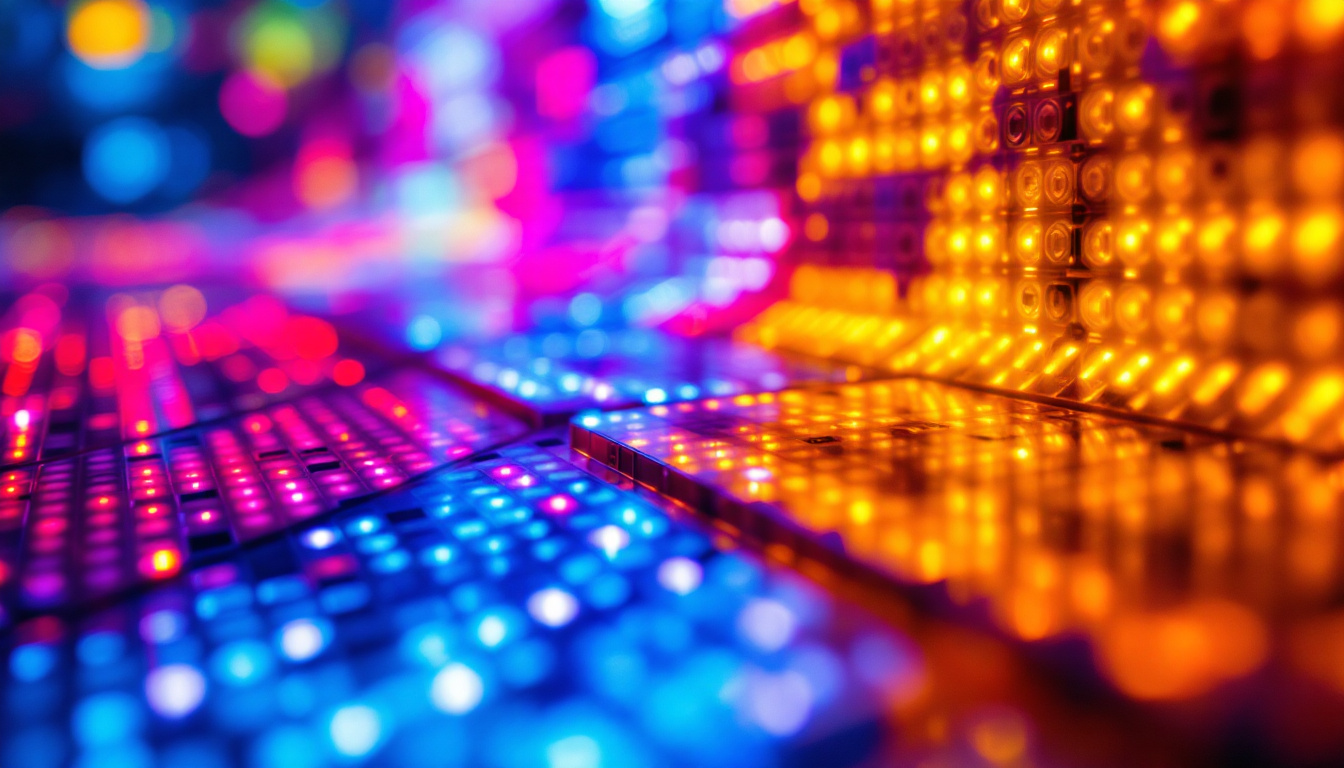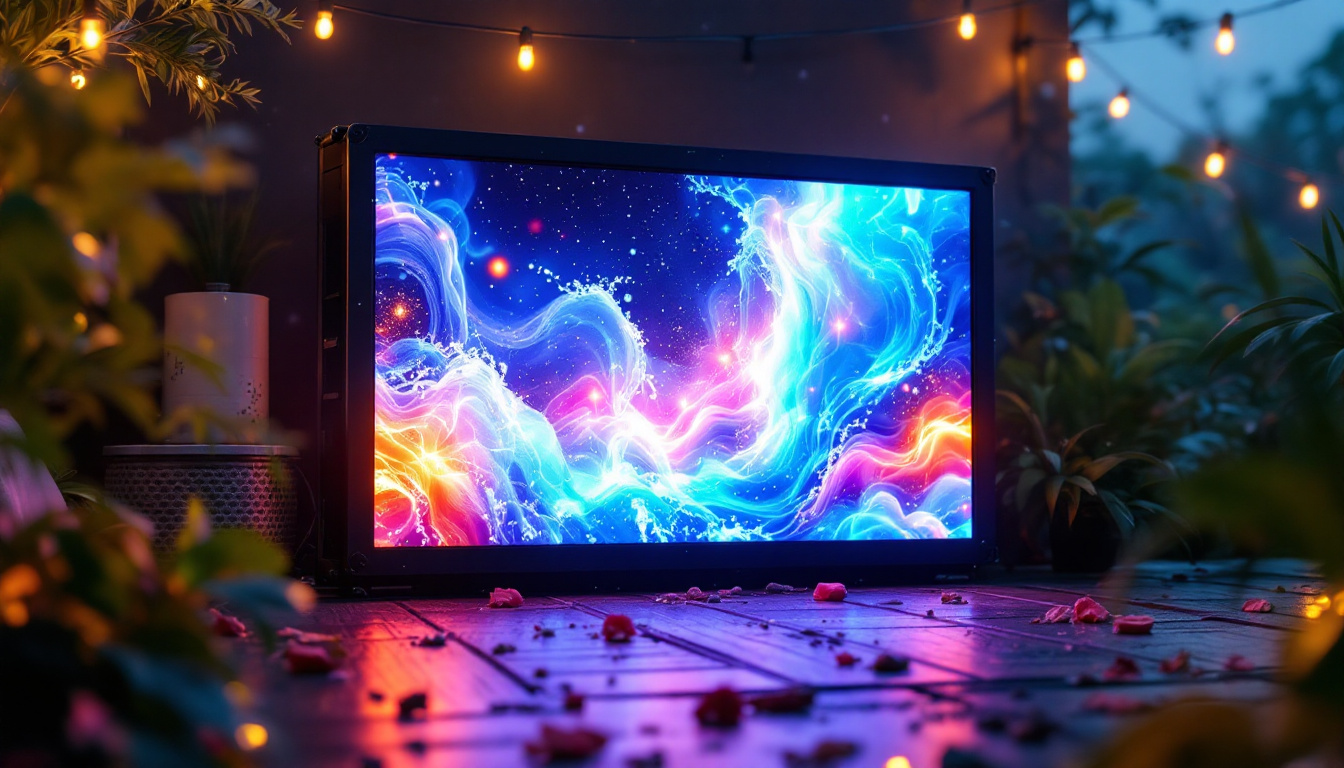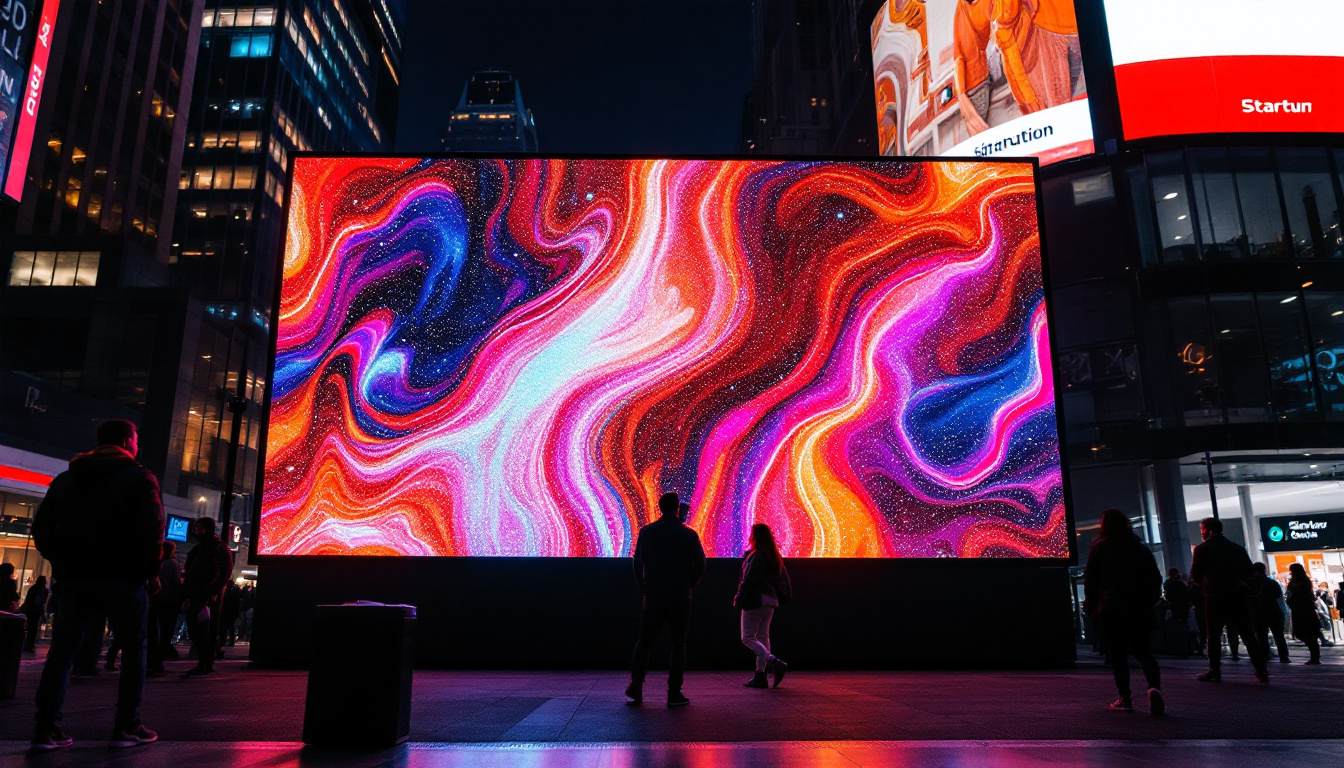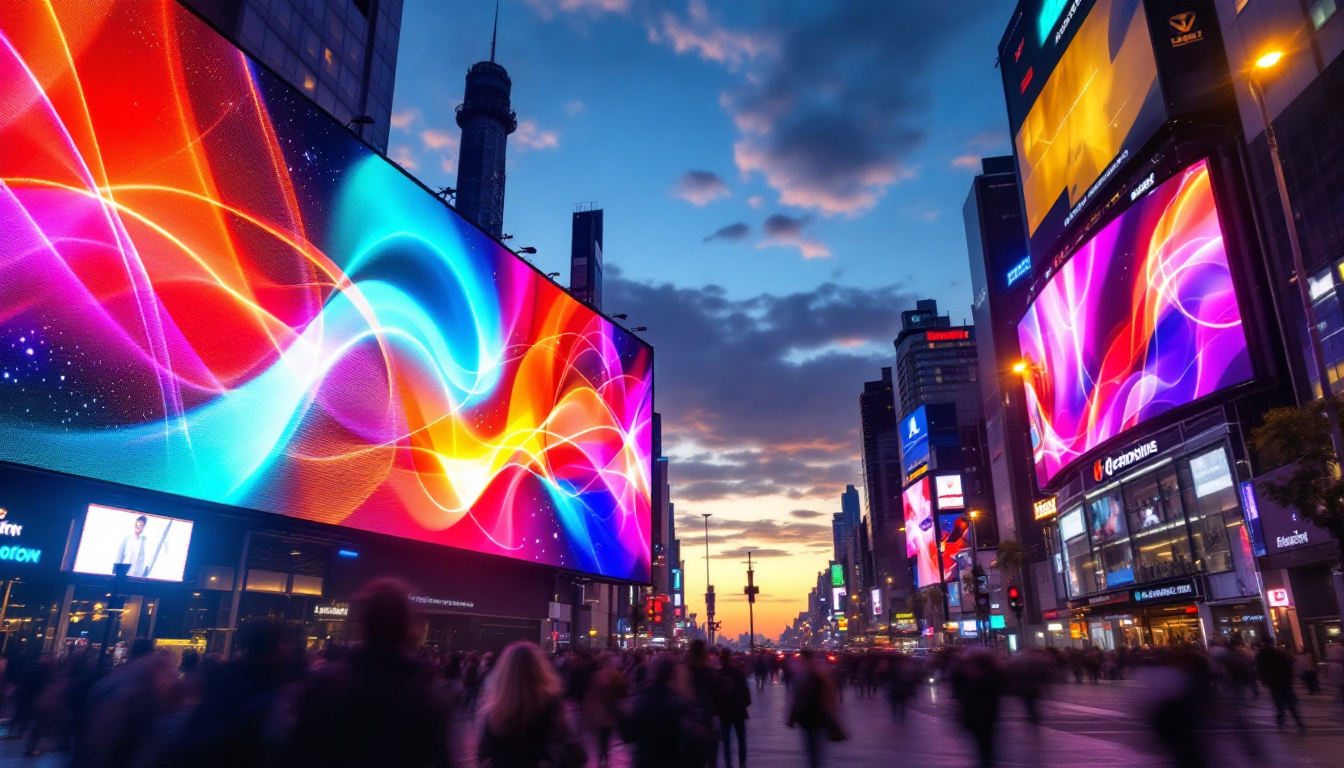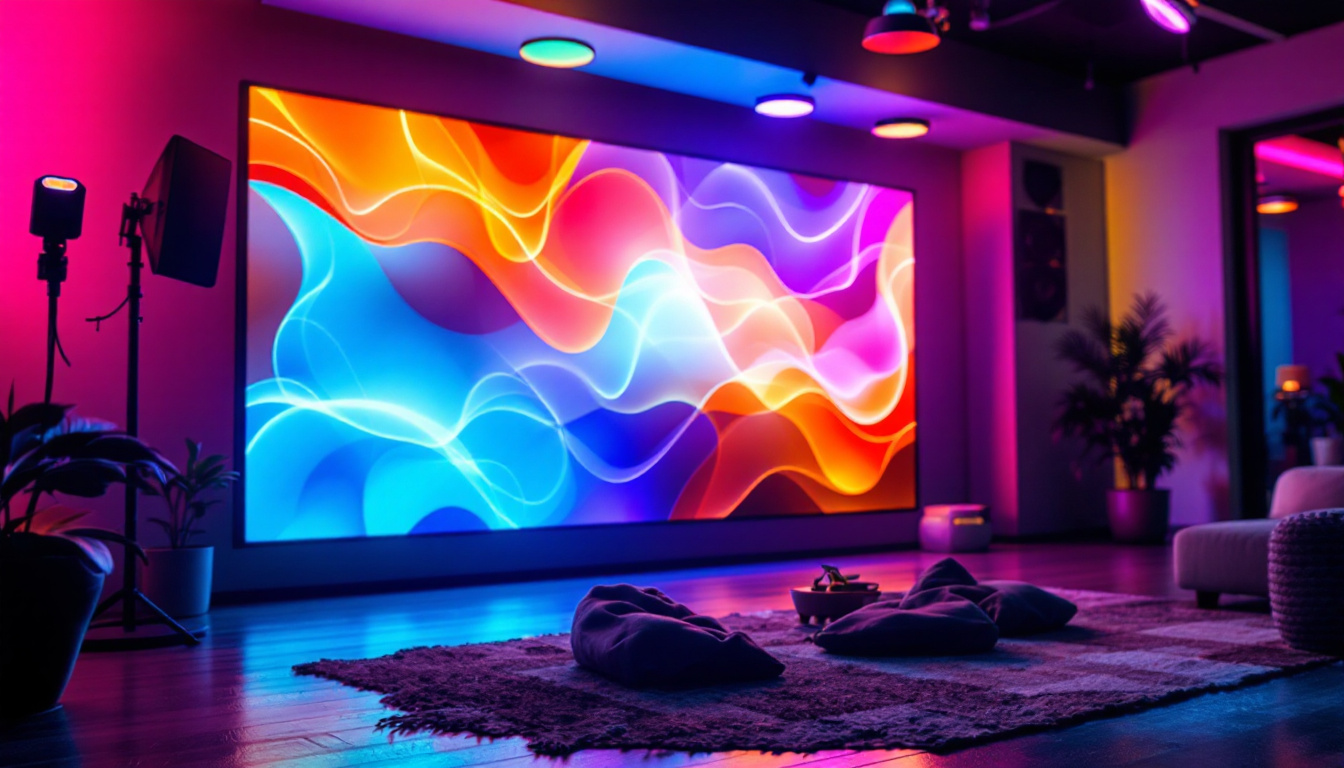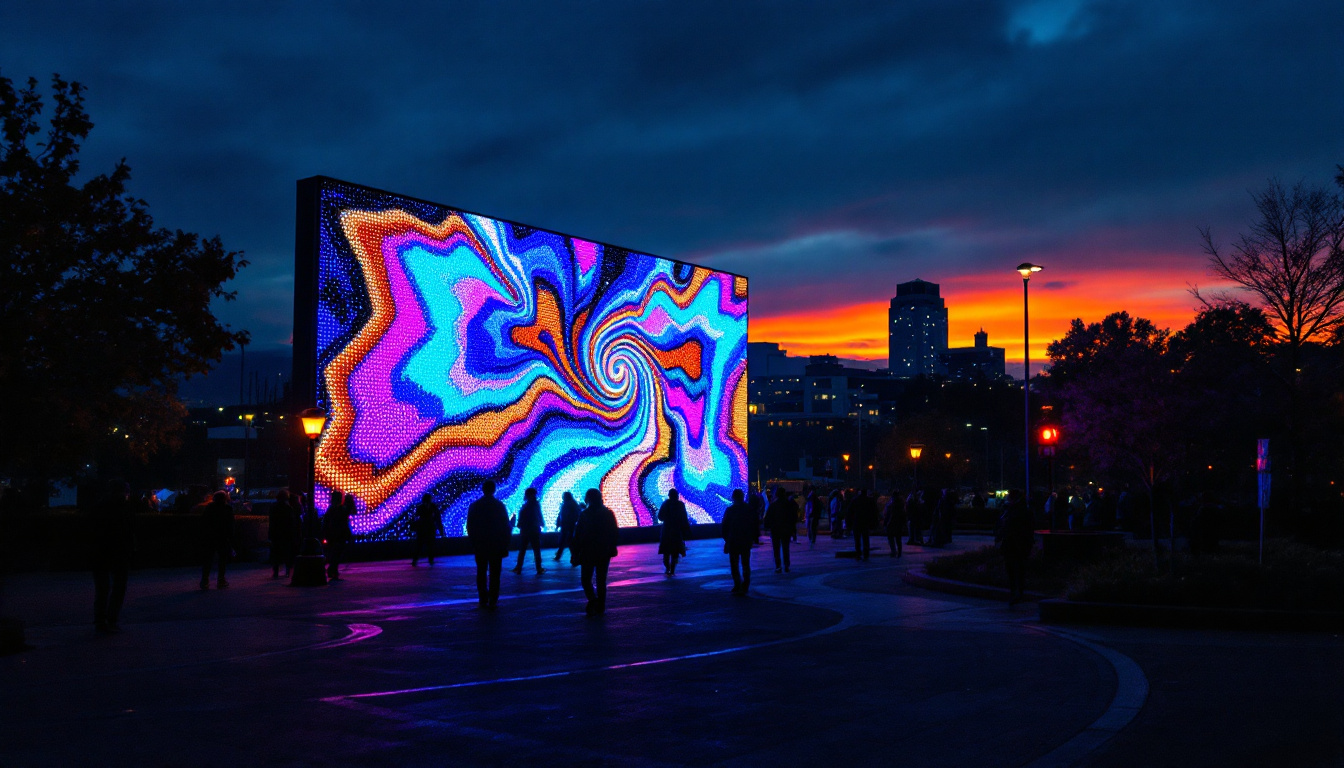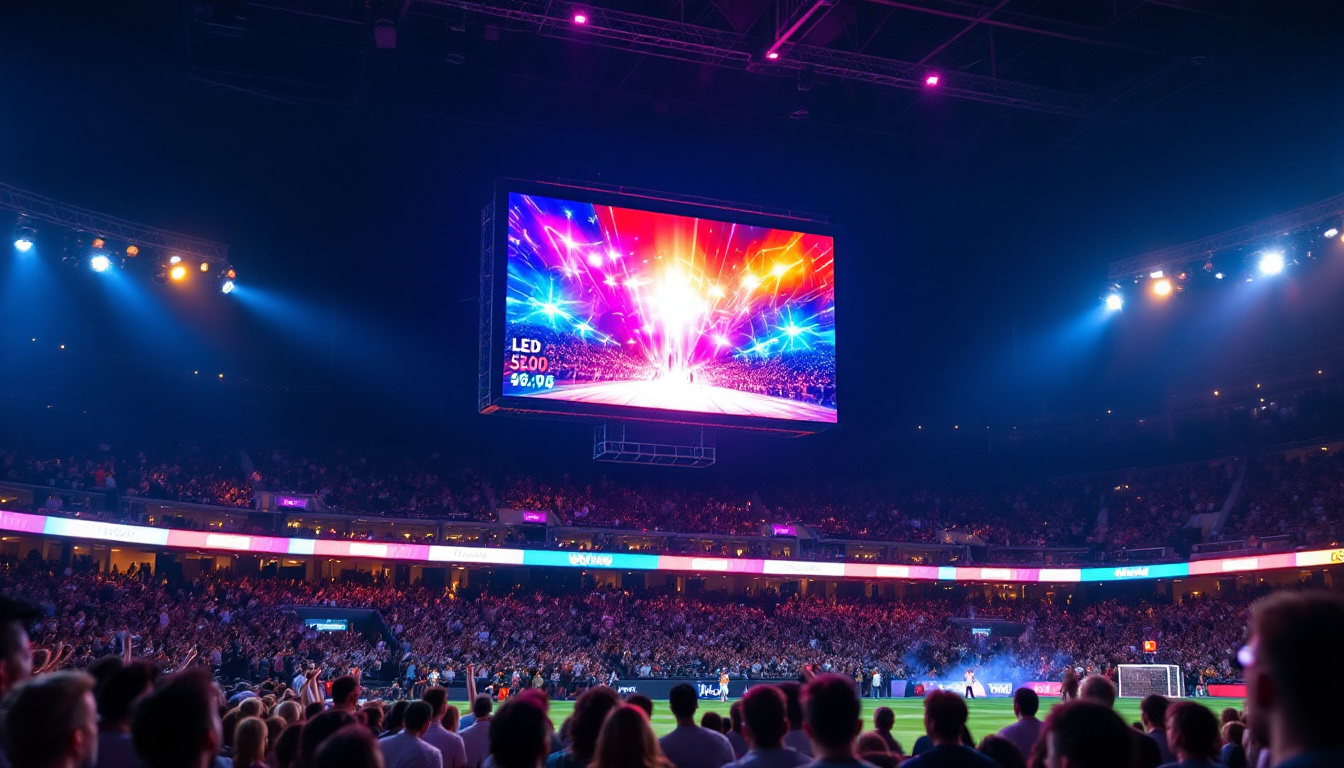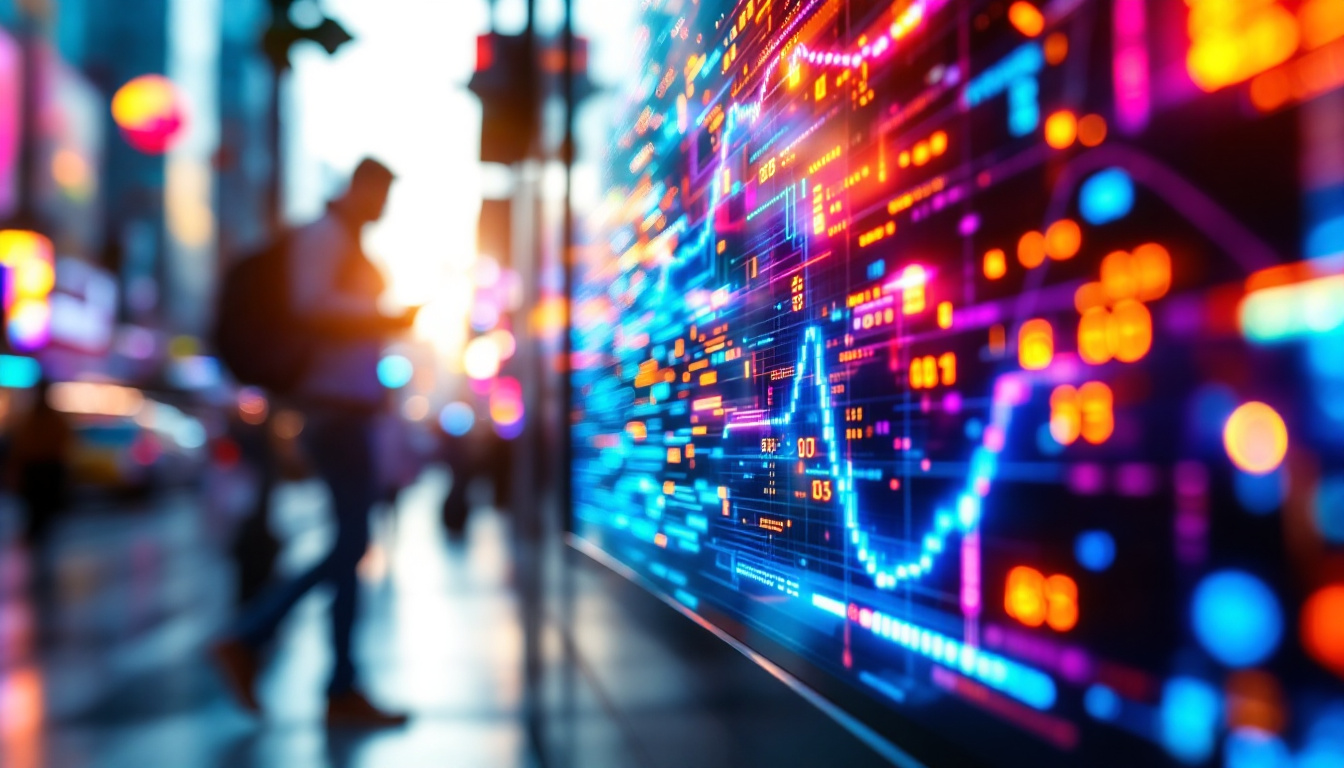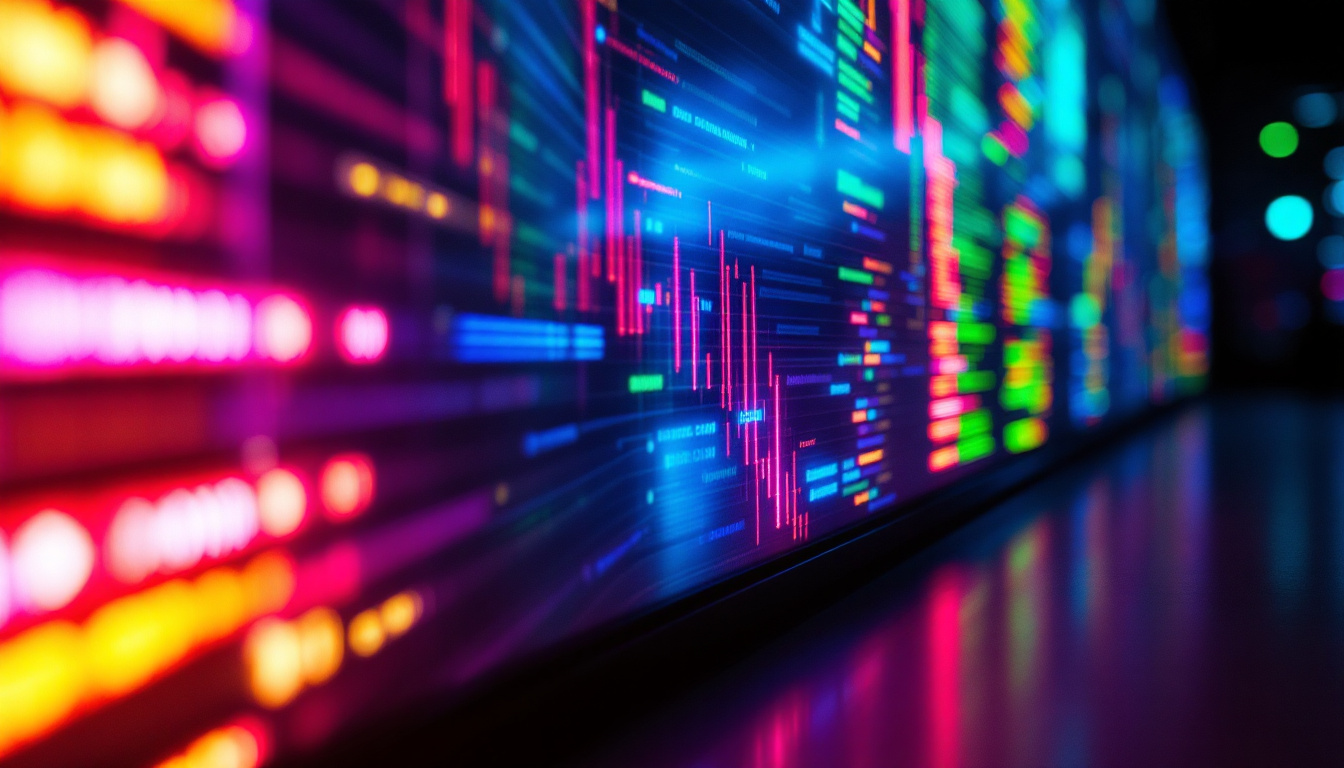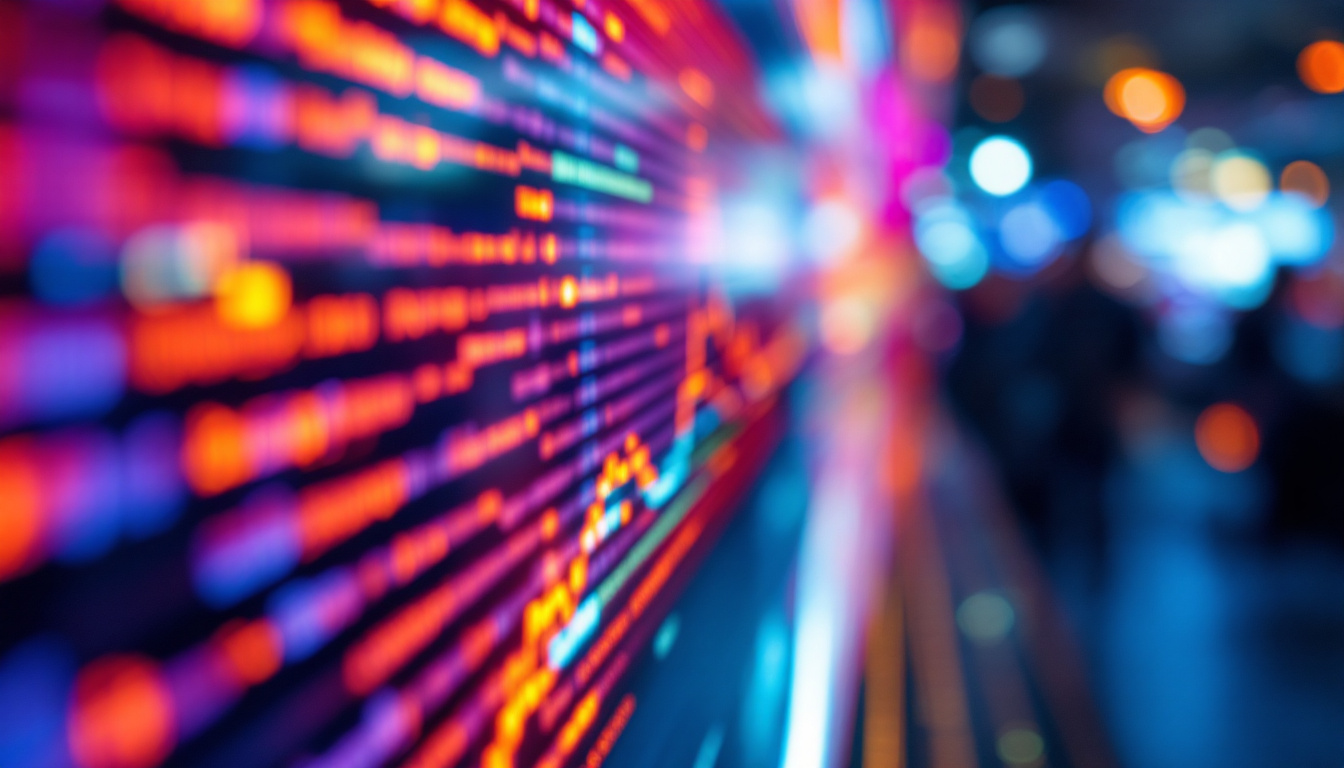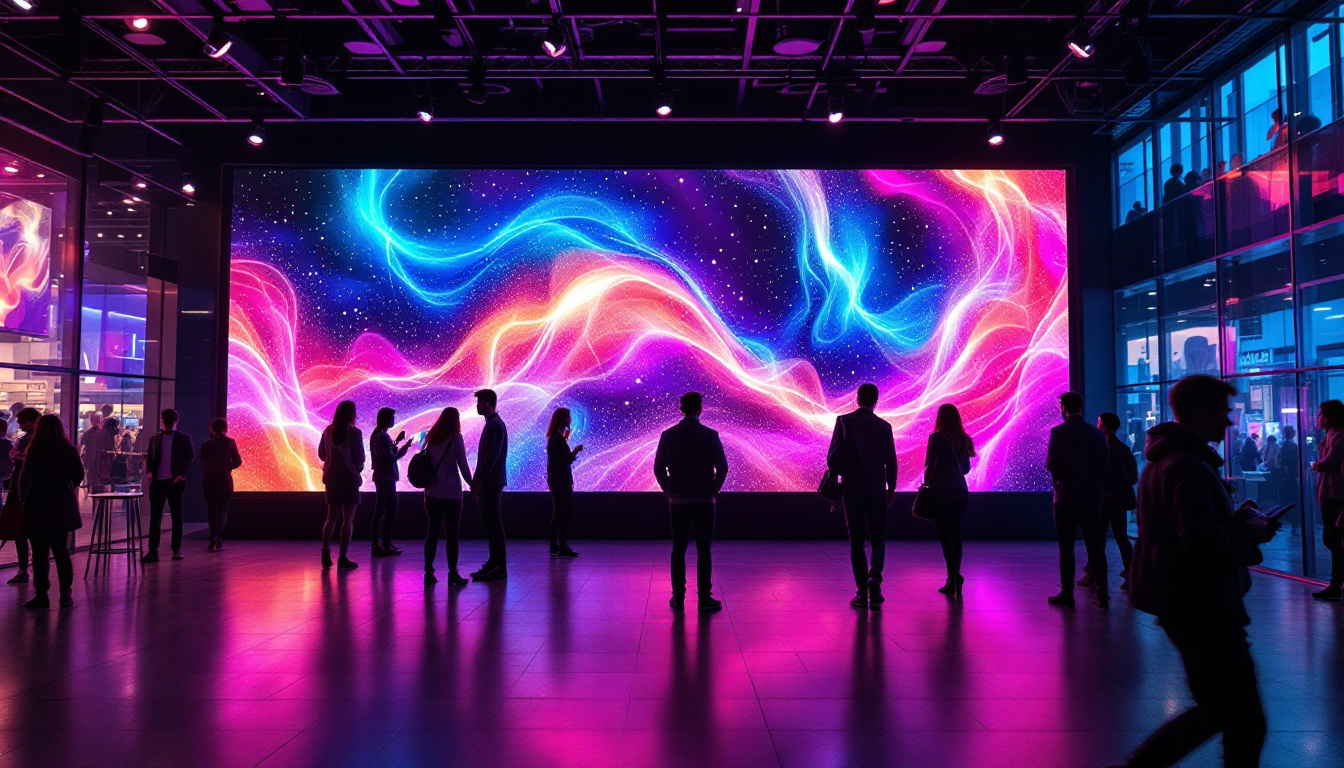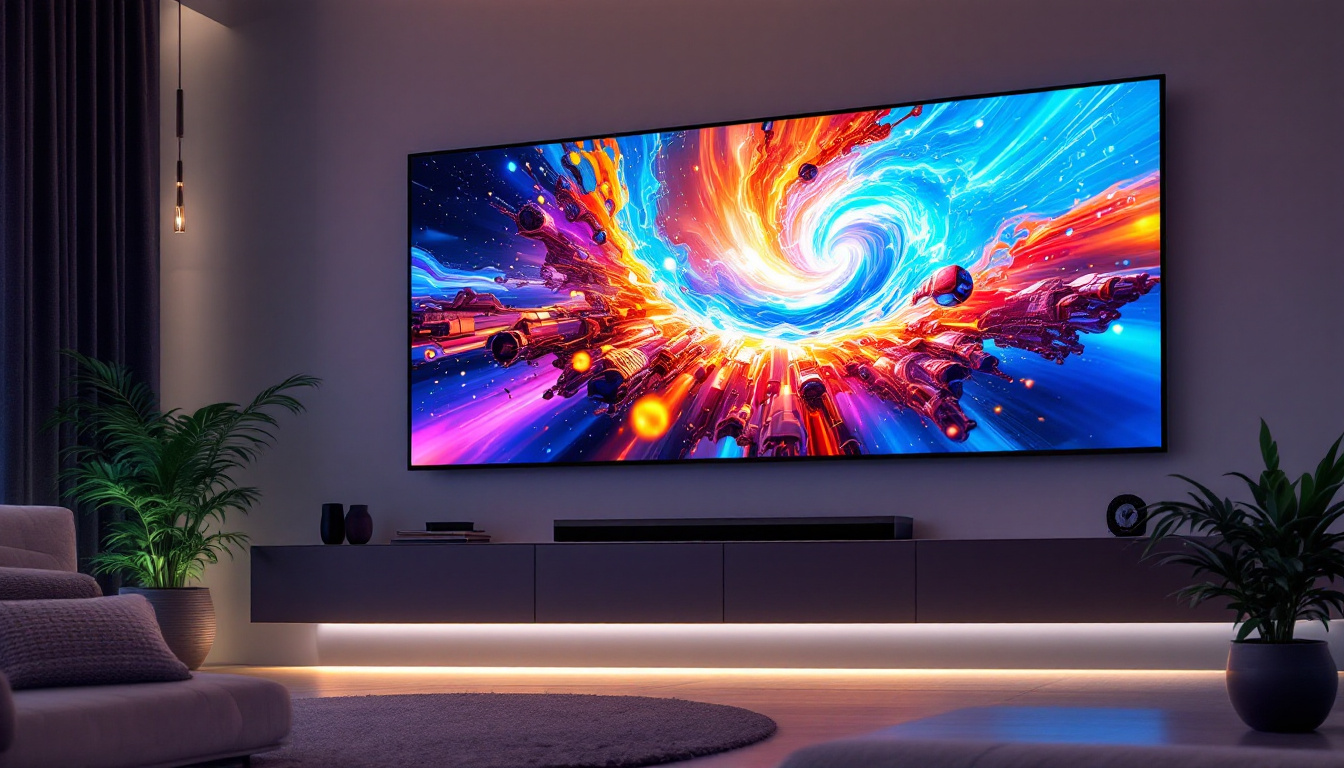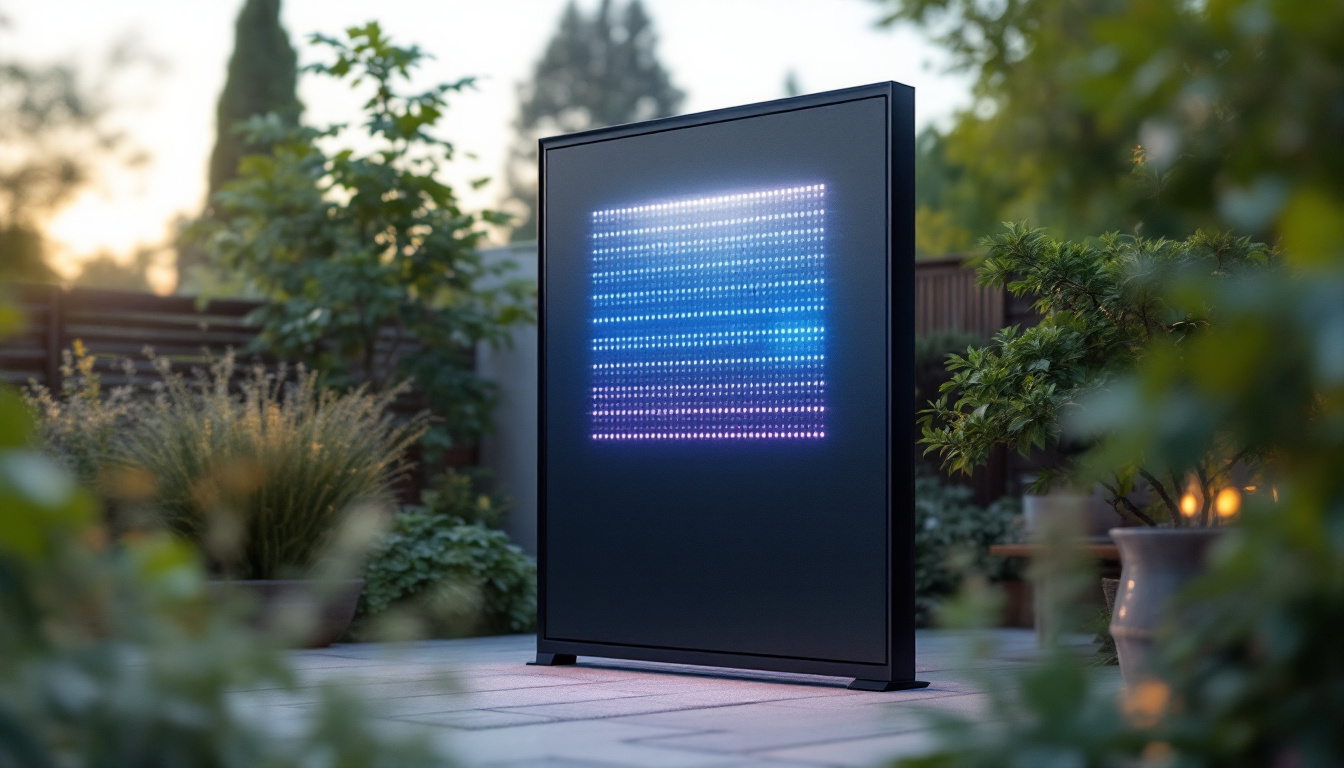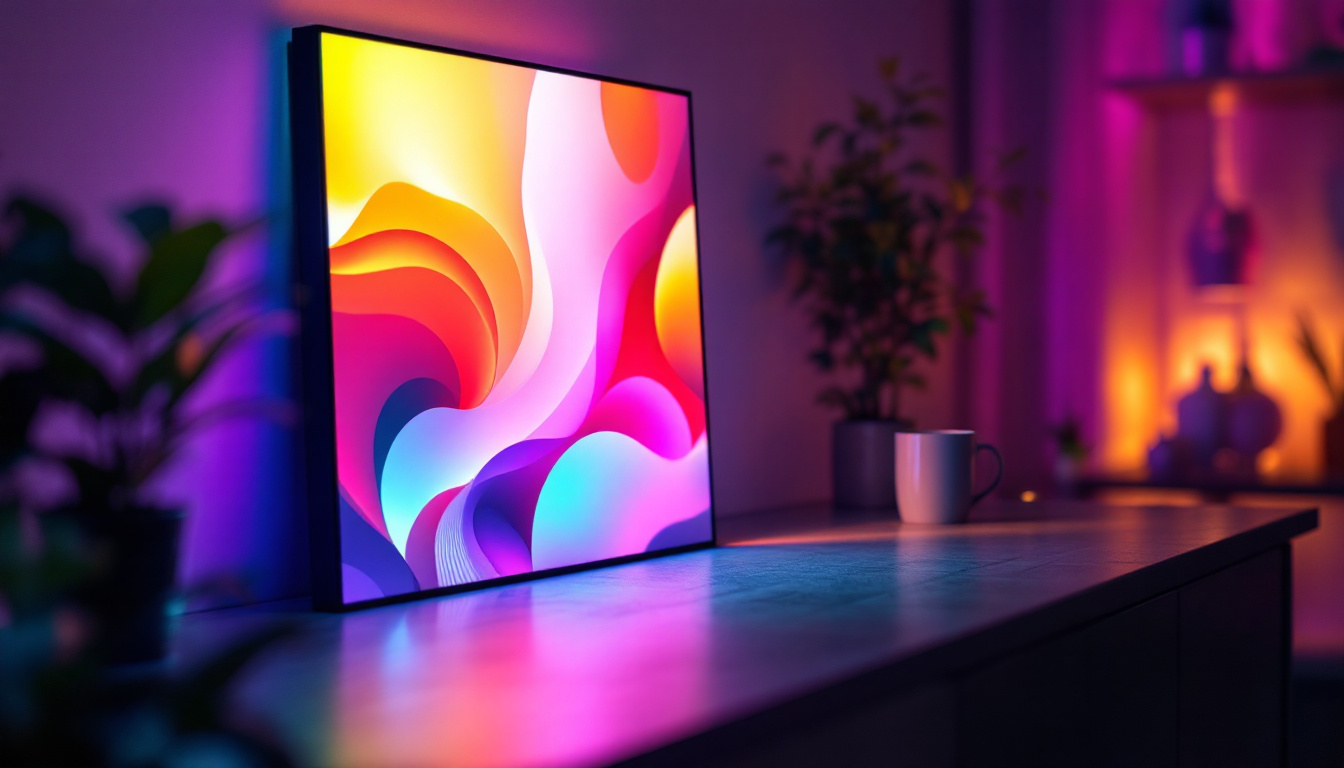The world of visual technology has evolved tremendously over the years, and LED displays have become a cornerstone in various applications, from advertising to entertainment. One specific configuration that has gained attention is the 140 x 1.3 LED display. This article delves into the intricacies of this display type, exploring its features, benefits, applications, and the technology behind it.
Understanding LED Displays
LED displays utilize light-emitting diodes (LEDs) to produce images and videos. They are known for their brightness, energy efficiency, and versatility. Unlike traditional display technologies, such as LCDs or CRTs, LED displays are made up of numerous tiny pixels, each capable of emitting light independently. This pixel-based architecture allows for vibrant colors and high contrast ratios, making LED displays ideal for various environments. Furthermore, the longevity of LED technology means that these displays can often last tens of thousands of hours, significantly reducing the need for frequent replacements and maintenance.
In addition to their durability, LED displays are increasingly being integrated with smart technology, allowing for features such as remote management and real-time content updates. This adaptability makes them suitable not only for commercial advertising but also for interactive installations and public information systems, enhancing user engagement through dynamic content delivery.
What Does 140 x 1.3 Mean?
The designation “140 x 1.3” refers to the pixel configuration of the LED display. In this case, the display consists of 140 pixels in width and 1.3 pixels in height. This unique aspect ratio is particularly useful for specific applications, such as digital signage, where a wide, panoramic view is essential. The width of 140 pixels allows for a broad visual field, while the height of 1.3 pixels keeps the display relatively low-profile. This combination is particularly advantageous in environments where space is limited, yet visibility remains a priority.
Such a configuration is often seen in environments like stadiums or concert venues, where large, horizontal displays are needed to convey information or advertisements to a wide audience. The low height minimizes obstruction, ensuring that viewers from different angles can easily see the content without straining their necks or eyes. Additionally, this aspect ratio can enhance the aesthetic appeal of the display, allowing it to blend seamlessly into architectural designs while still delivering impactful visual experiences.
Types of LED Displays
LED displays can be categorized into several types based on their technology and application. The most common types include:
- Direct View LED (DVLED): These displays are made entirely of LEDs and are often used for large-scale installations. They provide exceptional brightness and are capable of being viewed in direct sunlight, making them ideal for outdoor advertising.
- LED-backlit LCD: These displays use LEDs to illuminate an LCD panel, providing better brightness and color accuracy compared to traditional LCDs. They are commonly found in televisions and computer monitors, offering a balance between performance and cost.
- Organic LED (OLED): A newer technology where organic compounds emit light, allowing for thinner displays and better contrast ratios. OLED displays are particularly favored in high-end televisions and smartphones due to their ability to produce true blacks and vibrant colors.
In addition to these common types, there are also specialized LED displays designed for niche applications. For instance, transparent LED displays are gaining popularity in retail environments, allowing for eye-catching advertisements while maintaining visibility into the store. Similarly, flexible LED displays are being developed for creative installations, enabling curved or irregular shapes that can adapt to various design needs. These innovations continue to expand the possibilities of LED technology, making it an exciting field to watch as it evolves.
Benefits of 140 x 1.3 LED Displays
The 140 x 1.3 LED display configuration offers several advantages that make it a preferred choice for various applications. Understanding these benefits can help businesses and organizations make informed decisions when selecting display technology.
High Visibility
One of the most significant benefits of LED displays is their high visibility. The brightness levels of LED screens are superior to many other display types, making them easily readable in various lighting conditions, including direct sunlight. This quality is particularly important for outdoor advertising and public information displays.
Energy Efficiency
LED technology is known for its energy efficiency. Compared to traditional display technologies, LED displays consume significantly less power, which can lead to substantial cost savings over time. This efficiency not only benefits the environment by reducing energy consumption but also helps organizations lower their operational costs.
Longevity and Durability
LED displays have a longer lifespan compared to other display technologies. With proper maintenance, they can last for over 100,000 hours of operation. This durability makes them an excellent investment for businesses, as they require less frequent replacements and repairs.
Applications of 140 x 1.3 LED Displays
The versatility of the 140 x 1.3 LED display configuration allows it to be utilized in various applications across different industries. Here are some notable examples:
Advertising and Marketing
One of the most common applications of LED displays is in advertising and marketing. The vibrant colors and high brightness of LED screens make them ideal for catching the attention of passersby. Retailers often use these displays to showcase promotions, new products, or events, effectively engaging customers and driving sales.
Transportation and Public Information
LED displays are widely used in transportation settings, such as airports, train stations, and bus terminals. They provide real-time information about arrivals, departures, and delays, ensuring that travelers are well-informed. The 140 x 1.3 configuration is particularly useful for displaying scrolling text or dynamic content, making it easy for passengers to read important updates.
Entertainment and Events
In the entertainment industry, LED displays are utilized for concerts, sporting events, and festivals. The ability to create stunning visuals and dynamic content enhances the overall experience for attendees. The 140 x 1.3 configuration can be used to create immersive environments, ensuring that audiences have a captivating experience.
The Technology Behind LED Displays
Understanding the technology that powers LED displays can provide insight into their performance and capabilities. The following components are essential in the functioning of a 140 x 1.3 LED display.
Pixel Configuration
The pixel configuration is crucial in determining the display’s resolution and image quality. In a 140 x 1.3 LED display, each pixel is made up of red, green, and blue (RGB) sub-pixels. By adjusting the intensity of each sub-pixel, the display can produce a wide range of colors, resulting in vibrant and detailed images.
Control Systems
Control systems are responsible for managing the content displayed on LED screens. Advanced software solutions allow for real-time updates, scheduling, and content management. This capability is particularly important for applications such as digital signage, where timely information is critical.
Brightness and Color Calibration
Brightness and color calibration are essential for ensuring that the display performs optimally in various environments. Manufacturers often implement sophisticated calibration techniques to maintain consistent brightness and color accuracy across the entire screen. This process is vital for applications where visual quality is paramount.
Considerations When Choosing a 140 x 1.3 LED Display
When selecting a 140 x 1.3 LED display, several factors should be considered to ensure that it meets the specific needs of the application. These considerations can significantly impact the overall effectiveness of the display.
Environment
The environment in which the display will be used plays a crucial role in its performance. Outdoor displays require higher brightness levels to combat sunlight, while indoor displays can operate at lower brightness levels. Additionally, factors such as humidity, temperature, and exposure to the elements should be taken into account when choosing a display.
Content Type
Different types of content may require different display characteristics. For instance, video content may benefit from higher refresh rates and better color accuracy, while static images may not require the same level of performance. Understanding the type of content that will be displayed can help in selecting the right LED display.
Budget
Budget considerations are always a factor when investing in display technology. While LED displays can be more expensive upfront compared to other technologies, their longevity and energy efficiency can lead to cost savings over time. It is essential to weigh the initial investment against the long-term benefits to make an informed decision.
Future Trends in LED Display Technology
The LED display industry is continuously evolving, with new technologies and trends emerging regularly. Staying informed about these advancements can help organizations make strategic decisions regarding their display needs.
MicroLED Technology
MicroLED technology is an exciting development in the LED display landscape. This technology utilizes microscopic LEDs to create individual pixels, resulting in displays with higher resolution, better color accuracy, and improved energy efficiency. As MicroLED technology matures, it is expected to become a game-changer in the industry.
Integration with Smart Technology
As smart technology continues to permeate various aspects of life, LED displays are also becoming more integrated with smart systems. This integration allows for enhanced interactivity, real-time data updates, and improved content management. Businesses can leverage these capabilities to create more engaging experiences for their audiences.
Environmental Sustainability
With growing concerns about environmental sustainability, the LED display industry is focusing on reducing its carbon footprint. Manufacturers are exploring eco-friendly materials and energy-efficient production processes. As sustainability becomes a priority, consumers may increasingly favor displays that align with these values.
Conclusion
The 140 x 1.3 LED display configuration offers a unique blend of visibility, energy efficiency, and versatility, making it an excellent choice for various applications. As technology continues to advance, the potential for LED displays will only grow, providing new opportunities for businesses and organizations to engage their audiences effectively.
By understanding the features, benefits, and applications of LED displays, stakeholders can make informed decisions that align with their goals. Whether for advertising, public information, or entertainment, the 140 x 1.3 LED display stands as a testament to the power of modern visual technology.
Discover LumenMatrix’s Innovative LED Solutions
Ready to elevate your visual impact? LumenMatrix is at the forefront of LED display technology, offering a comprehensive range of solutions tailored to your unique needs. From Indoor and Outdoor LED Wall Displays to specialized options like Vehicle, Sports, and Floor LED Displays, our products are designed to captivate and engage your audience. Embrace the future of visual communication with our Custom, All-in-One, and Transparent LED Displays. Experience the difference in clarity and engagement with LumenMatrix. Check out LumenMatrix LED Display Solutions today and transform your space into a dynamic visual experience.

